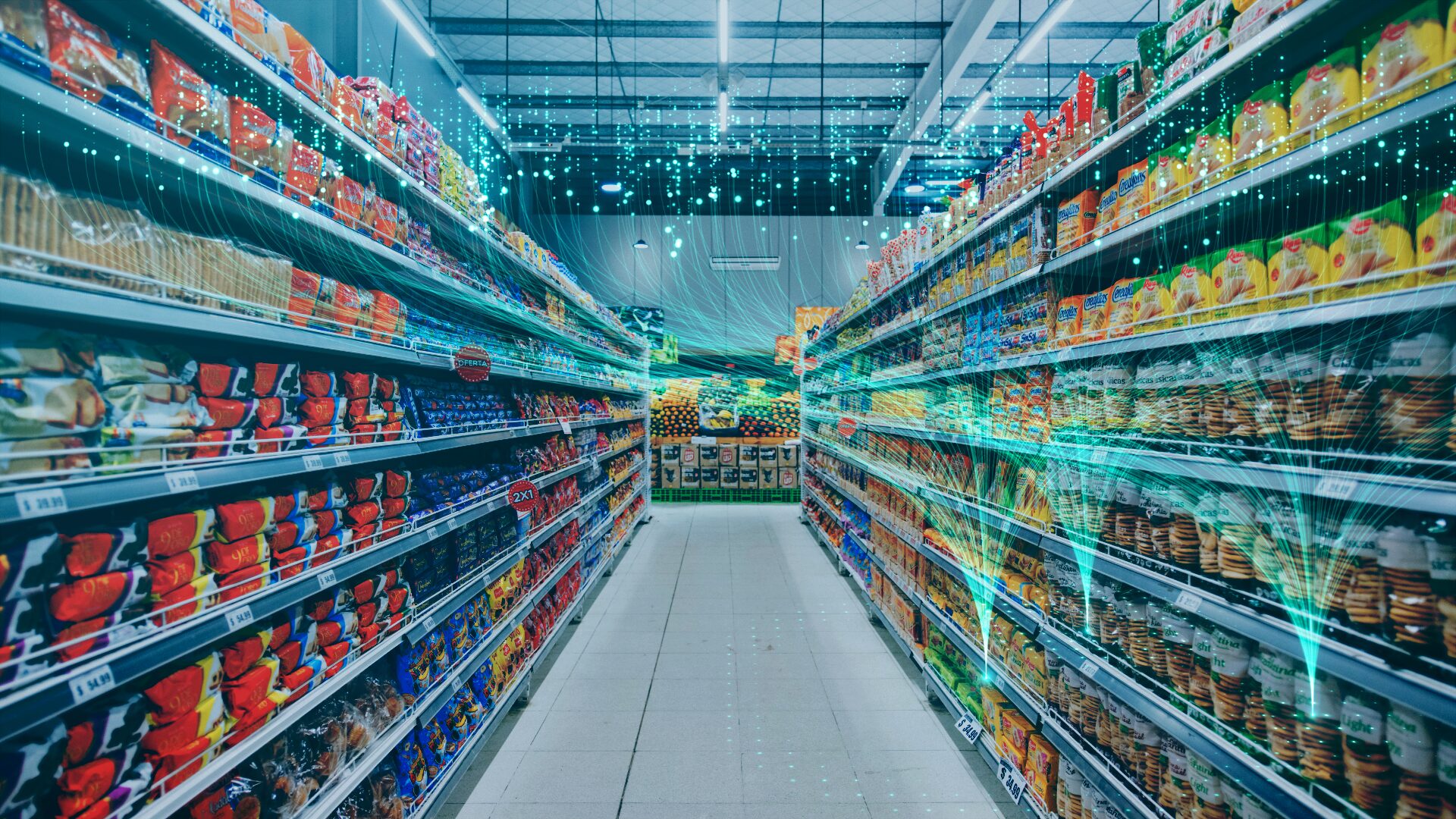Wegmans, regrettably, has decided its scan-and-go app has got to go.
Wegmans is among retailers realizing scan-and-go, which seemed like such a good idea at the beginning of the pandemic when contactless checkout solutions gained popularity, has serious drawbacks.
It’s simple, really, to outmaneuver scan-and-go apps: Pick up two similar items, say a brand-name can of beans and a private label brand; scan the less expensive can and then put it back on the shelf. Leave the more expensive can in the cart or shopping bag. Easy peasy.
Wegmans is finding the losses from customers either switching items or hiding unscanned items in their carts is too great. Scan-and-go will be discontinued September 18, CEO Colleen Wegman told customers in an email, easing the pain of having to queue up again for a checker by applying a $20 coupon to the Shoppers Club accounts of each scan-and-go customer.
“We’ve made the decision to turn off the app until we can make improvements that will meet the needs of our customers and business,” the company told TechCrunch.
Experts told The Food Institute scan-and-go apps make it too easy for customers to cheat and shoplifters to steal.
To be effective, the scan-and-go technology needs to be coupled with things like RFID tags that are deactivated once an item has been scanned, video monitoring of grocery aisles, and other loss limiting strategies.
“Because there is no one overlooking shoppers who scan their items directly without going to a checkout, the opportunity to skip scanning items is easy to take,” Stavros Zavrakas, founder of the software house Orthogonality, told The Food Institute.
A 2018 study by Professor Adrian Beck at the University of Leicester in England indicated scan-and-go cost retailers 1% to 10% of the apps sales. ECR Retail Loss Group estimated in 2018 that self-checkout, including fixed consumer scans at designated machines and both scan gun provided by the retailer and mobile phone scanning, could increase losses by 33%.
Loss Prevention Magazine recently reported that it’s unlikely self-checkout will go away, despite the losses – not all of which are deliberate. The magazine suggested a multilayered approach to stemming losses, which included well-trained personnel to monitor customer behavior.












